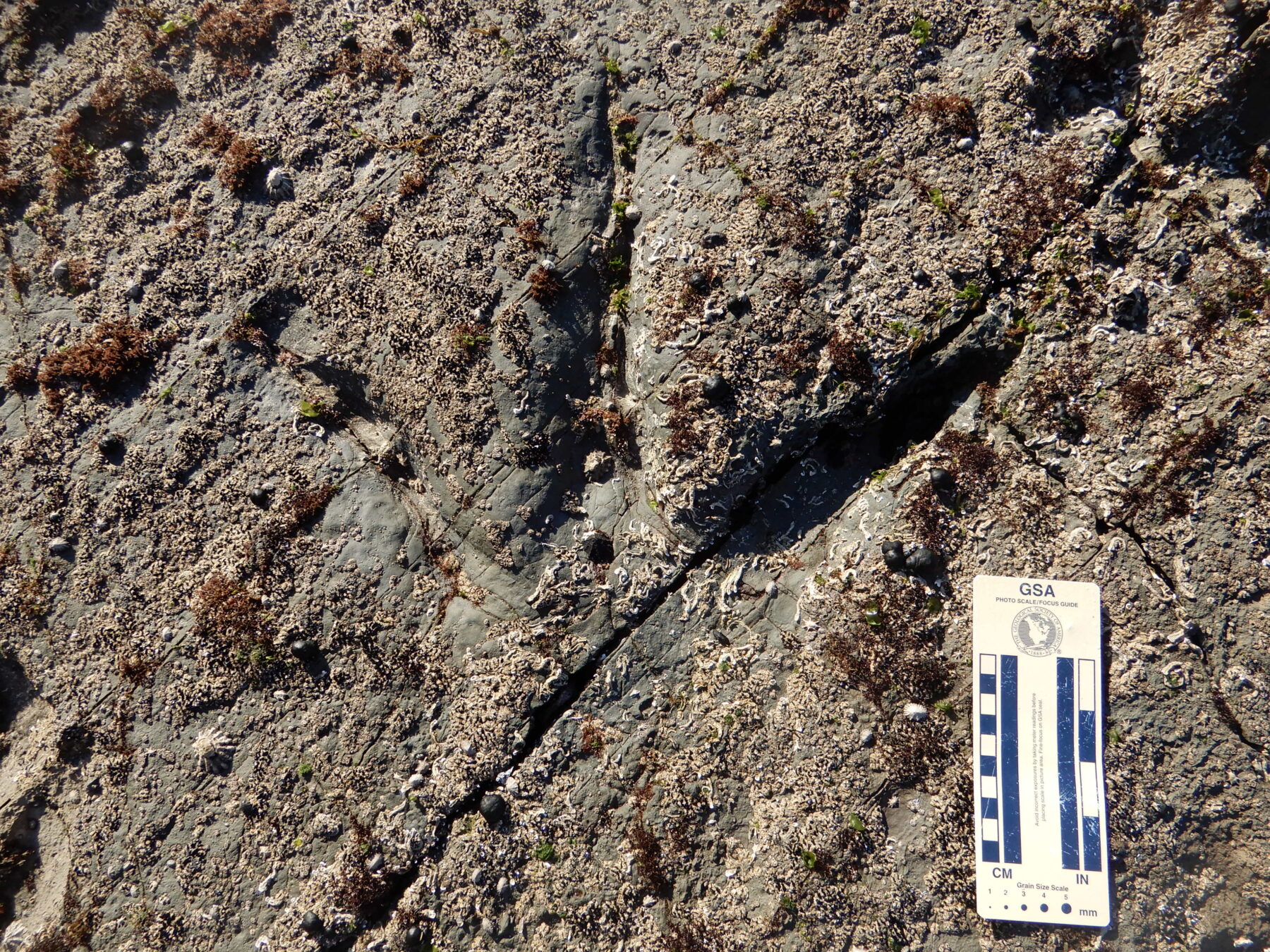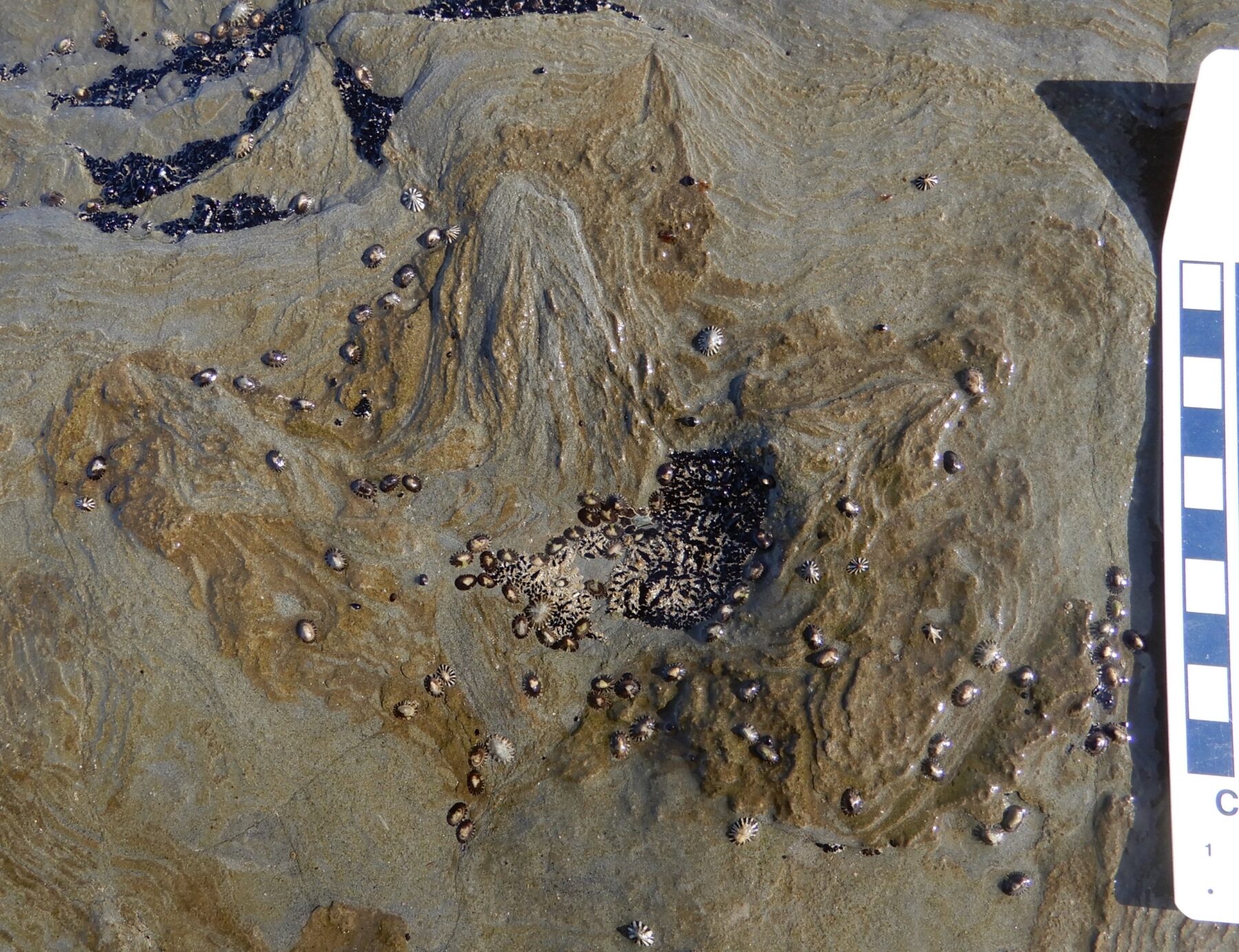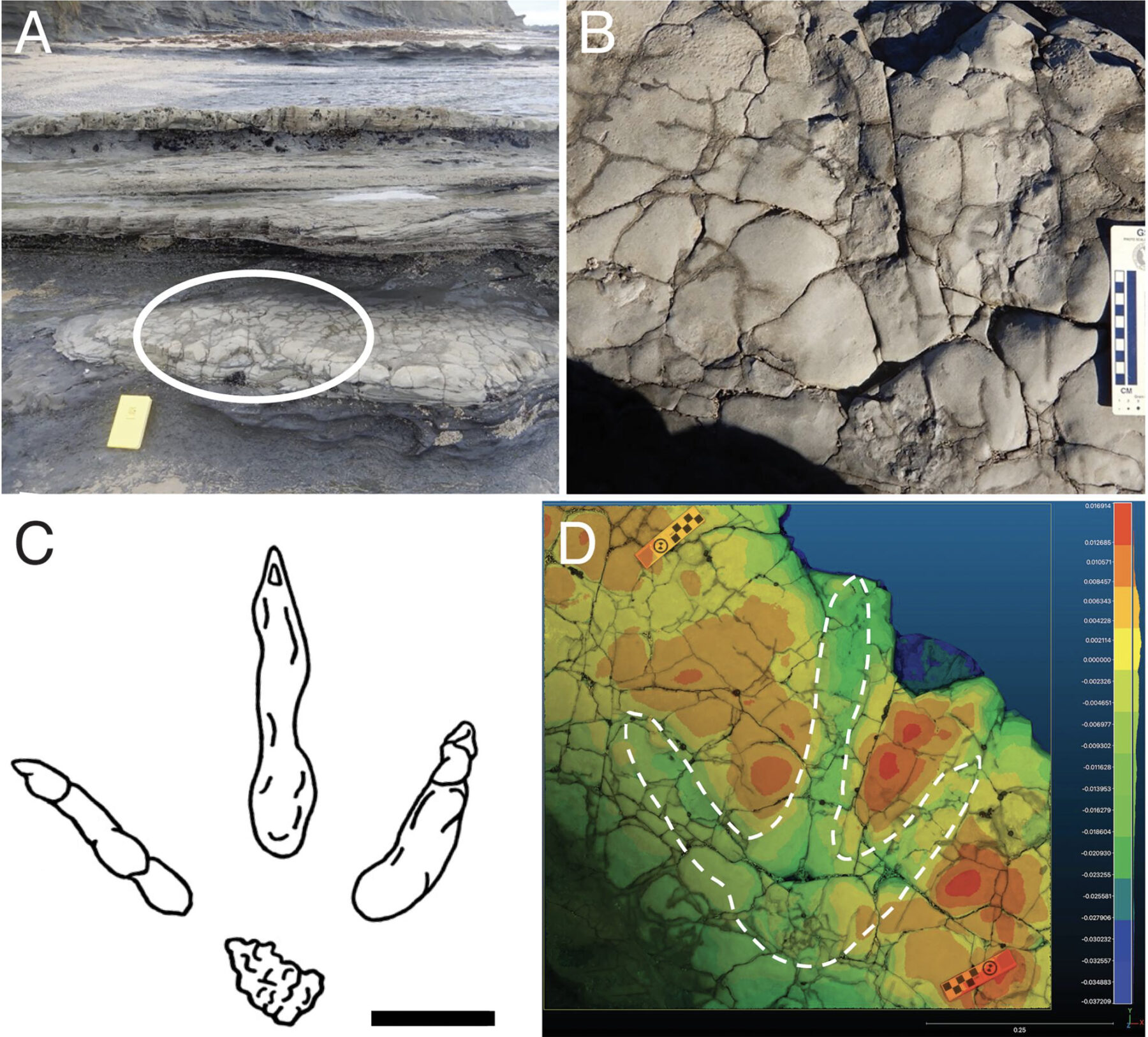Polar dinosaur stomping ground discovered in Victoria

The discovery of 24 dinosaur footprints on Victoria’s Bass Coast, 130km south of Melbourne, reveals dinosaurs once lived in polar environments.
The tracks were created by theropods and ornithopods about 125 million years ago during the early Cretaceous, when Australia and Antarctica were connected as part of the landmass Gondwana.


Scientists say dinosaurs travelled across the landscape during the polar summer after the ice had thawed, leaving behind footsteps on wet sand or mud as they trudged over floodplains.
“The discovery of numerous theropod tracks in the Cretaceous rocks of Victoria is the best evidence to date that these former polar environments supported a variety of dinosaurs, including large carnivores that most likely preyed on smaller dinosaurs, fish and turtles,” explained study co-author Dr Thomas Rich, senior curator of vertebrate palaeontology at Museums Victoria Research Institute.
Eighteen of the 24 tracks belonged to therapods and ranged in size from 18cm to 47cm long. The four ornithopod footprints were smaller, at 10cm to 18cm long. Two footprints were of uncertain origin.
Dinosaur nesting area
“The theropods and ornithopods were both two-legged dinosaurs with smaller forelimbs. Imagine a kangaroo-like shape for both, although unrelated to kangaroos,” Thomas said. “In the sample of tacks that we have, the theropods were about the size of an adult human while the ornithopods were much smaller.”

These varied footprints were created by both juvenile and adult dinosaurs, suggesting theropods and ornithopods nested and reared their young in this environment. But it’s not known if they lived here during the polar winter.
“Being within the Antarctic Circle of the day, the region had a polar environment with months of continuous darkness in the winter followed by 24 hours of sunlight in the summer,” Thomas explained. “In the winter the ground would have been frozen. If dinosaurs were in the area at that time, there would be no record of them. Were they there at that time or had they migrated elsewhere? We simply cannot know.”
The footprints are preserved on Boonwurrung Country in the Wonthaggi Formation.
Dreaming of dinosaurs
Most of the tracks were discovered by volunteer fossil hunters on the Dinosaur Dreaming project. This project – affiliated with Monash University and Museums Victoria – has uncovered thousands of small fossils across the Bass Coast and Otway Ranges since the 1970s.


“There is a core group of dedicated volunteers who are the ‘Dinosaur Dreamers’. They organise and carry out both the systematic prospecting for new fossil sites cand plan and carry out excavations at selected sites that hold promise,” Thomas said. “Some of them have been associated with the project for more than three decades. Without them, the fossils would still be buried in the rock.”
The research, published in the journal Alcheringa: An Australasian Journal of Palaeontology, was led by Emory University and an international team of researchers, including Dr Thomas Rich from Museums Victoria and Dr Patricia Vickers-Rich, Professor Emerita of palaeontology at Monash University.


